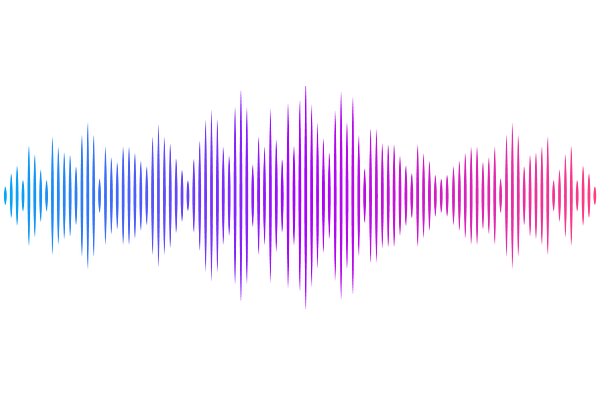Neuromechanical Phase Lags and Gait Adaptation in the Nematode C. elegans

Neuromechanical Phase Lags and Gait Adaptation in the Nematode C. elegans
Pierce, C. J.; Ding, Y.; Chong, B.; Lu, H.; Goldman, D. I.
AbstractUndulation is a locomotor strategy in which waves of bending propagate along the body. This form of locomotion is observed in organisms that span orders of magnitude in size and represent diverse habitats and species. Despite this diversity, common neuromechanical phenomena have been observed across biologically disparate undulators, due to common mechanics. For example, Neuromechanical Phase Lags (NPL), a phenomenon where waves of muscle contraction travel at different speeds than body bends, have been observed in fish, lamprey and lizards. Existing theoretical descriptions of this phenomenon implicate the role of physical body-environment interactions. However, systematic experimental variation of body-environment interactions and measurement of the corresponding phase lags has not been performed. Using the nematode Caenorhabditis elegans we measured muscle and body curvature dynamics simultaneously, performing calcium imaging in the body wall muscles while systematically varying the environmental rheology. A mechanical model demonstrates that the measured phase lags are controlled by the relative strength of elastic torques within the body and resistive forces within the medium. We further show that the phase lags correspond with a difference in the wavenumber of the muscle activity and curvature patterns. Hence, the environmental forces that create NPL also act as a filter that shapes and modulates the gait commanded by the nervous system. Beyond nematodes, the simplicity of our model further suggests that tuning body elasticity may serve as a general means of modulating the degree of mechanical control in other undulators.